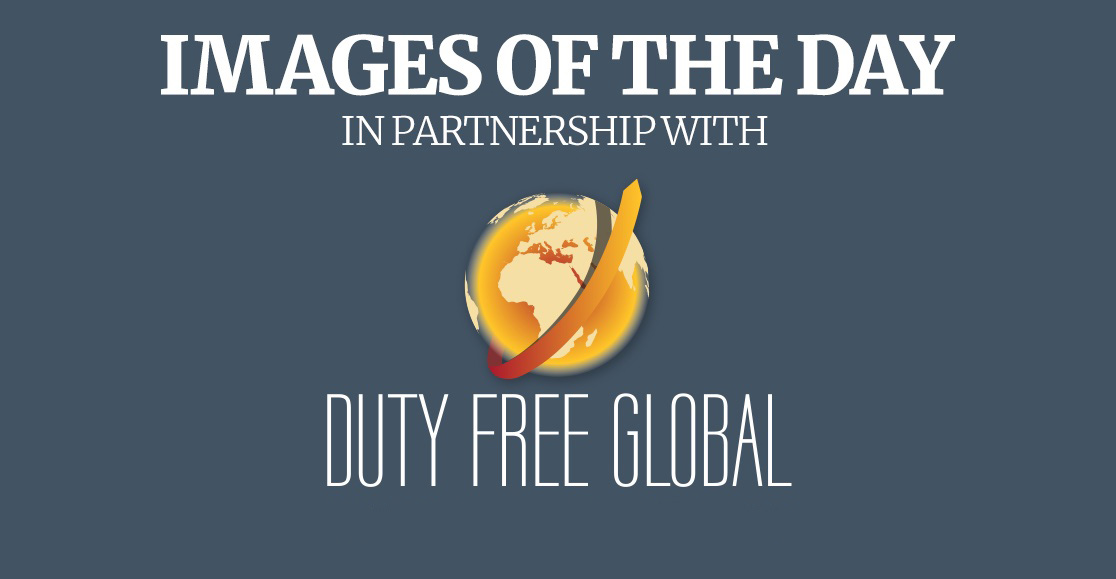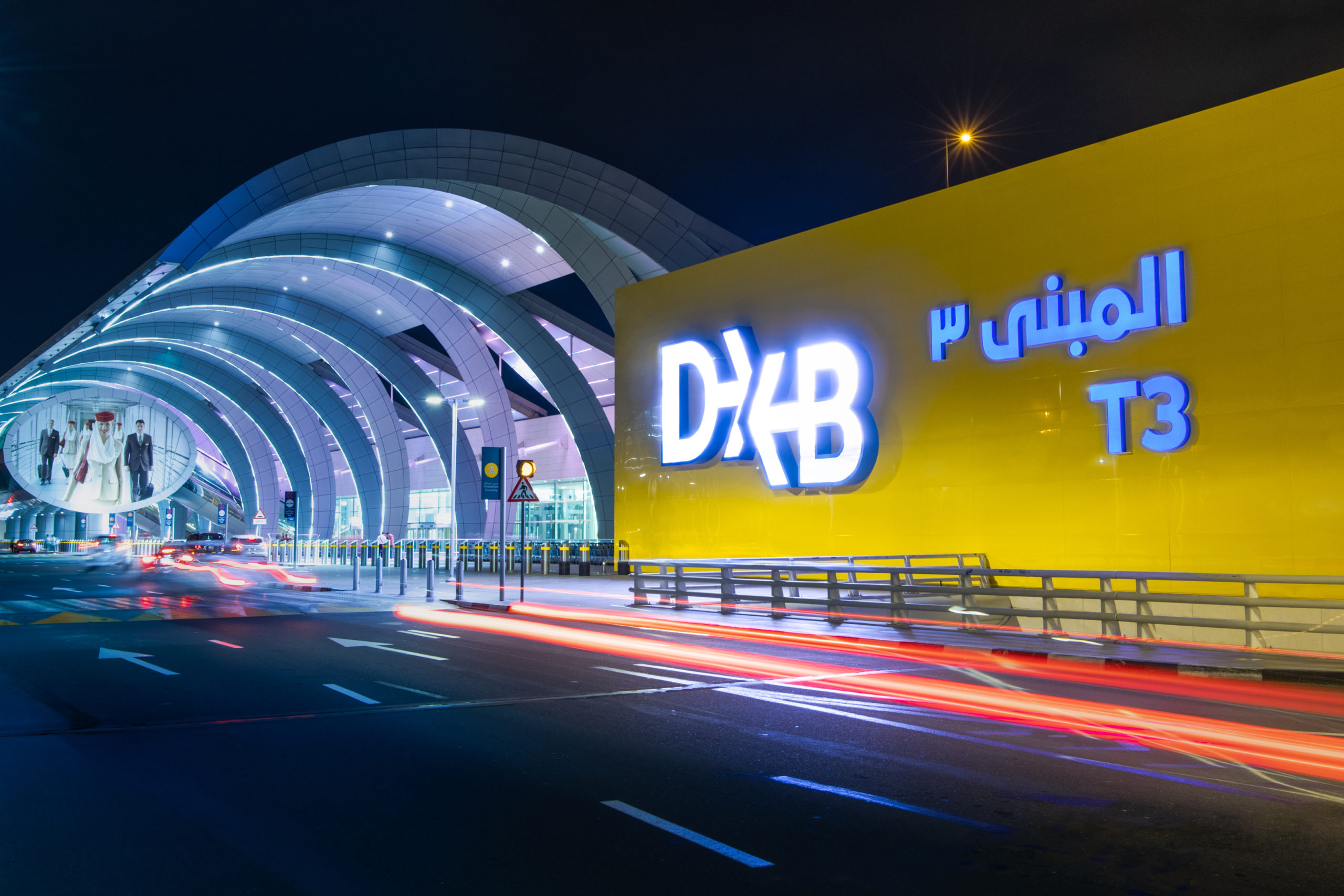
Dubai International Airport or DXB as it has been popularly known since its February 2019 rebranding is the world’s busiest airport in terms of international passenger numbers. Since the shock of a 45-day closure in the early stages of the pandemic, DXB has bounced back strongly, its ‘can do’ attitude reflecting that of the Dubai government which was determined to reopen to the world. Martin Moodie caught up with CEO Paul Griffiths and Executive Vice President Commercial Eugene Barry over coffee at DXB recently. What followed was a typically forthright and stimulating conversation with two of the most insightful executives in the airport world, one that reaches beyond the clichés and into the leadership principles of an airport company where transformation is a ceaseless priority.
Martin Moodie: Paul, we’ve had this horrid two-and-a-half years in the world. Here at DXB you had a traumatic period in early 2020 – the world shut down and your airport shut down. But if we roll forward to September 2022, it strikes me you’re in pretty good shape. You’ve just reported your first-half traffic numbers that are encouraging and the improvement is accelerating. So just sum up where you are today.

Paul Griffiths: Very fortunately Martin, we ended our first half with exactly the same number of passengers in the first half of 2022 as we had during the whole of 2021 [+161.9% year-on-year to 27.9 million, equivalent to 67.5% of pre-pandemic H1 2019-Ed]. When you consider back in the dark days of May 2020, we had the same number of people through the airport in the whole month that we’d had in the previous May in four hours, so that shows the rate of decline.
There’s hardly any aspect of human life that hasn’t been touched by what’s happened over the last two years. It’s been an opportunity to recalibrate and rethink at every level. And everyone, I think, around the world has had to do that from a personal and social perspective.
But here in Dubai we are incredibly optimistic because even though we were closed completely for 45 days, we’ve been able to put the resources and everything else in place to be ready for that recovery in growth. We knew it would come – a bit like Newton’s third law, for every reaction there’s an equal and opposite reaction. And we knew that for every pandemic there will be an equal and opposite rebound.
We just didn’t know when, but we were ready and we’ve been ahead of the curve. You can see now we’re more than a hundred percent back in terms of visitors to the city. The economic multiplier of those point-to-point passengers is obviously very significant. Transfer markets have still got to recover but I think it’s been a great opportunity. As a result we are being a lot bolder in terms of looking forward to the future and being less afraid to think a bit more radically.
We were talking only yesterday about some of the ways in which we’re going to pioneer the transformation of DXB from an infrastructure management business into a hospitality business. And with the assimilation of the hotels within the airport over the last few months, that’s given us yet another part of the portfolio to bring into our customer-facing philosophy.
So I’m very optimistic about the future and about our growth. Our position, I think, in the world has never been stronger. We’re very well placed to continue to lead the recovery and reassure people that Dubai as a city to visit and in which to work and to live is up there as one of the world’s greatest. And we aim to make it better.
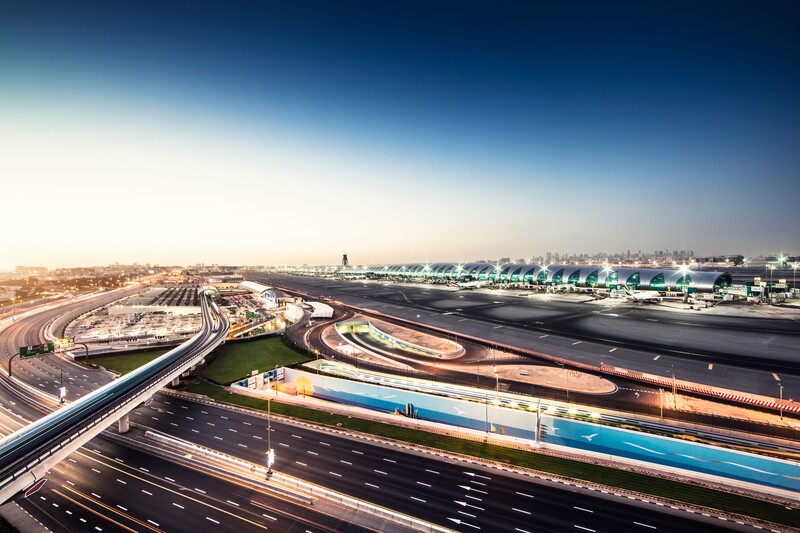
Q – Did the speed and the timing of the rebound nonetheless surprise you? Because I think there were many prophets of doom – and some very educated ones as well – who thought it would come a lot later, even in Dubai.

Paul Griffiths: I don’t think so because one of those simple supply-demand relationships is that nothing creates a massive rush to get something better than making it scarce in the first place. Locking half of the world’s population, 3.9 billion people, down at some stage over the last two years and telling them they can’t travel has been the best possible stimulus for recovery that we could have ever seen.
So with revenge travel – I don’t like the term but I think it’s probably appropriate – people are now saying I want to get on an airplane. And they don’t seem to be baulked by the huge cost of doing so, something that is obviously fuelled by the supply chain difficulties that lots of airlines and airports are having around the world.
Overall this is a bit of a bubble at the moment where demand is incredibly strong and supply is very limited. But when things stabilise and if the world doesn’t go into a deep dark recession, the prospects for travel are still good. We’ve obviously got to address the sustainability questions over the next few years, but travel and tourism remains an aspirational commodity. Millions of people around the world are looking forward to doing more of it. So I’m very positive about the future.
Q – Tell me a little more about this transformational aspect you talked about – becoming more of a hospitality business. You were always very consumer-orientated anyway. You talked about guests, never about ‘handling’ passengers – that phrase that should be banned from our industry. Are you now going to take that consumer-centricity to a different level?
Paul Griffiths: I always go back to root cause. My focus on the customer really came out of one discussion I had with a dear old friend of mine who was Chairman of a significant airport group back in the ’90s. I asked him, “What’s your view of airlines and their customers?” And he said to me, “Do you know, we see airlines as suppliers of customers to us. They bring us our customers. We then sell them something and put them on an airplane.”
I worked for an airline [Virgin Atlantic Airways] at the time, and I thought, hang on a minute, we spend millions and millions of dollars every year on advertising a product to attract these people. So they’re the airline’s customers, they’re not the airport’s customers. And as I thought about it, I thought well actually the airport really is part of a strategically very important supply chain. It’s not a business-to-consumer enterprise.
So I thought that if we were a little bit more humble as an airport and respected the fact that our airlines are there as critical parts of the supply chain, that would inspire a sort of approach which says actually we need to work together and support them. Rather than just treating them as an arm’s length, disconnected part of our supply chain.
I then started to think that airlines are a very competitive industry. Every airline is competing. And if you look at the stats recently for us in transfer traffic against Doha and Istanbul, you can see how competitive that transfer market is becoming. Our perspective is that we have to work very closely with our airlines in a cut-throat competitive business because we want to make absolutely sure that when a customer flies on a connecting journey through DXB they have such a good experience they wouldn’t think of choosing an alternative connecting point.
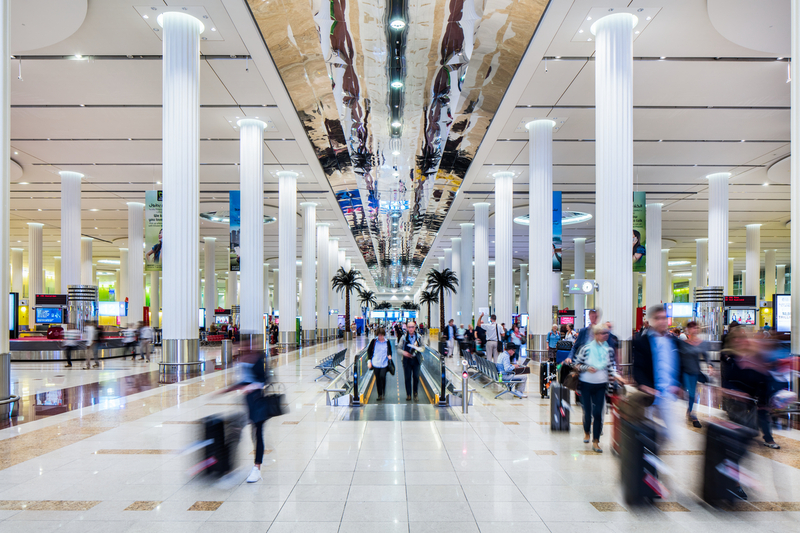
We’ve all got our stories of connecting airports that we choose to avoid. And I’m sure those experiences if they are negative do mean that people will say “Never again”. And I never want them to say never again about DXB. I want people to come through here, have such a fantastic experience and be wowed by the forward-thinking way we’ve been able to anticipate what our customers would be delighted by in all aspects of our operation. In our retail, in our F&B, in our accommodation, in our operational excellence, in our technology, in our ease of use, in our convenience, in our speed.
If you look at all of those things, none of them mentioned infrastructure. They’re all related to how you make the customer experience better and how the customer feels about you. To me, that’s the most important thing. As we go forward, the dominance in the world by airports won’t be about scale. It will be about quality. And it will be the quality that brings people back. That’s our philosophy.
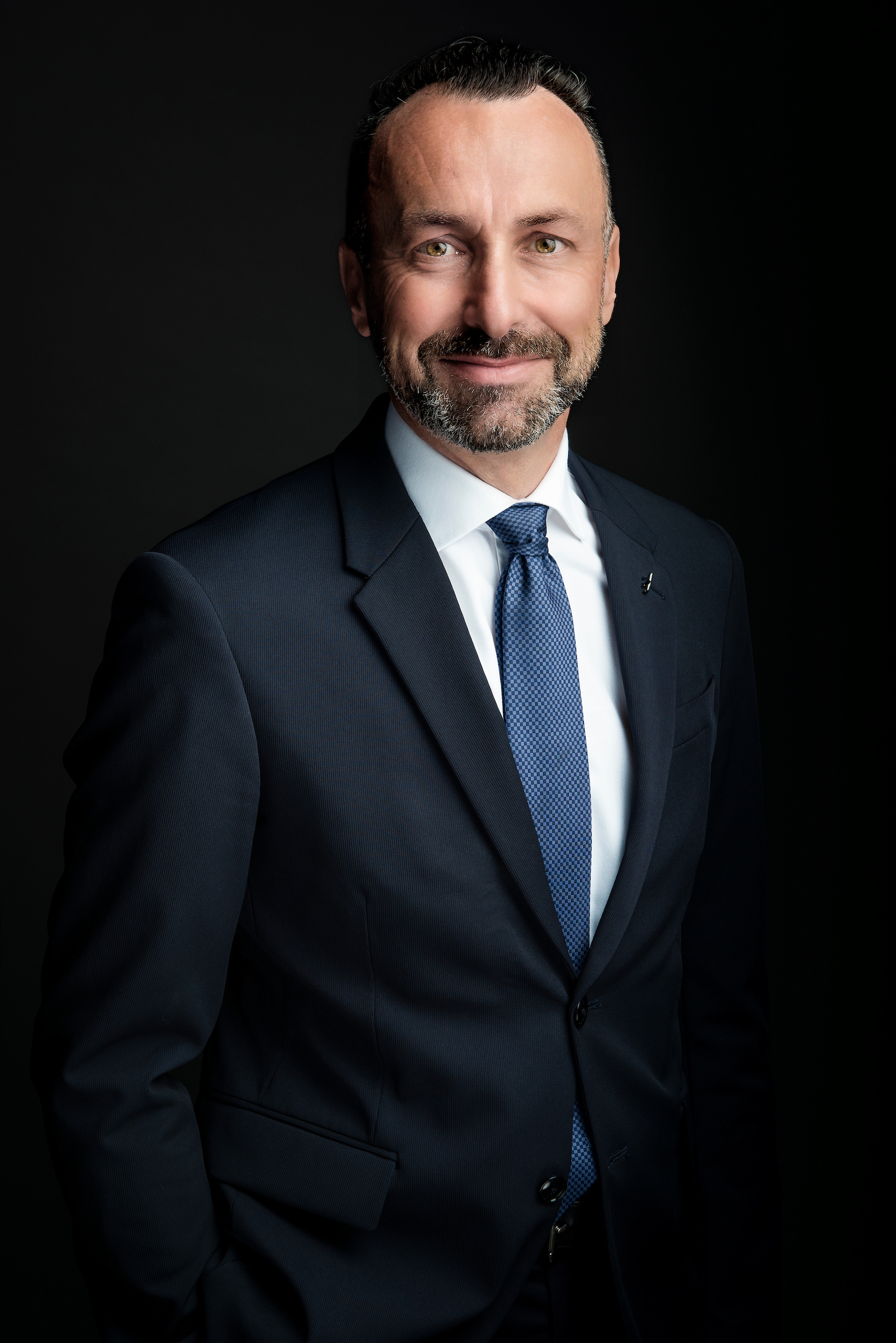
Q – Picking up on that Eugene, when DXB shut, by definition all your restaurants and all your retail also shut. With this rebound, how is the consumer and commercial offer here being transformed in line with that vision of Paul’s?
Eugene Barry: It had actually changed quite a bit before the pandemic as we had looked at DXB as a brand prior to 2020. In early 2019 we went through that journey of putting the airport as the brand at the centre of the experience with all of the consumer touching points around that being elements of our brand and our values as a brand.
There had been a lot of change in retail, food and hospitality experience even prior to 2020 and luckily we were on that path anyway. So even in 2020 when we shut down the airport for a month-and-ahalf, we never stopped building. We built 40 new outlets in 2020 even when the airport had no passengers. And since then we have continued that trend, a primary one being T3 arrivals which was upgraded in 2020.
One of our secrets to that continuing momentum has been to never stop investing in frontline – whether it’s hospitality service, consumer products, services, retail, food, hospitality or experiences. So the beauty of when we pivot in a certain direction, as Paul mentioned, is that we can respond very quickly because we’re already on the path of change or innovation. It’s not a new nor an occasional thing that we do every five or six years like many other airports do as a big programme.
It’s continuous evolution and we’ve got some great partners here. Working with our partners, they get that there is a momentum in the city of Dubai where things don’t stay the same for very long. That’s reflected in a lot of the things we see inside the airport as well. So in terms of a newer focus post-crisis on guest experience and quality experience, choice and offering, we are perfectly placed. We’ve got a lot of projects going on at the moment into which we can inject that extra element and continue on the journey.
Q – I love hearing you both talk in post-crisis terms. It’s a kind of term maybe we thought we’d never hear for a while. The world’s not seen anything like this, not for a hundred years and many people haven’t been through crisis of any kind of global scale. And when you’re in that situation it’s very easy to say I just can’t see a way out.
Paul Griffiths: You know, it’s interesting but I’ve never felt pessimistic about the eventual outcome of the pandemic. That’s because some of the things that happen in a crisis are some of the most powerful and progressive human responses.
Look at retail and how that has been absolutely transformed during the crisis. If you didn’t believe in ecommerce and Deliveroo and all of those brands that have sprung up over the last few years, you certainly do now. And when you think back through the crisis when we were all undergoing curfews and everything, actually life didn’t stop. Because we just adapted.
The most amazing thing is the amount of disintermediation that’s gone on – the number of businesses such as Amazon, Deliveroo and Uber that have taken away those layers of intermediaries that actually were not adding value to the whole supply chain. And when you do that and you join consumers directly to the source of the product, the power of it is just so enormous. That’s because suddenly manufacturing and service provision can respond directly to consumer trends, much faster than warehouses full of inventory, which act as a sort of capacity buffer between consumer behaviour and supplier demand.
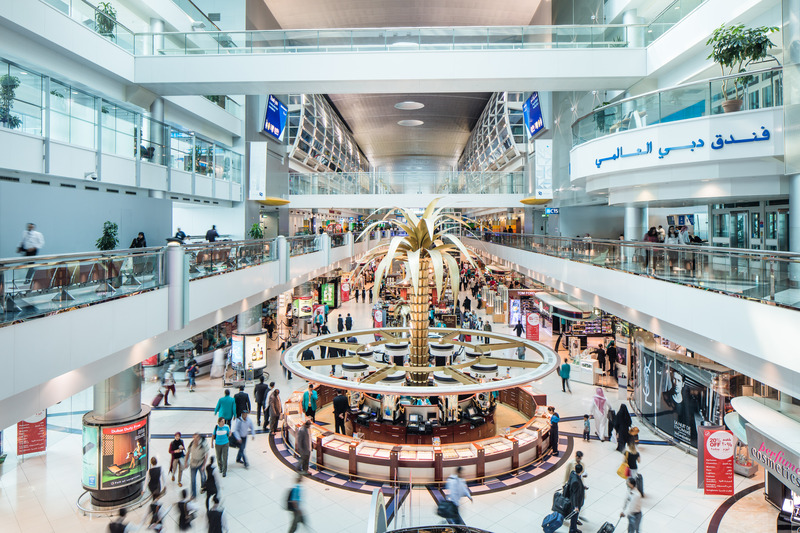
So actually it’s introduced a whole new dynamism and efficiency into the whole supply chain in so many industries. And I don’t think air travel is immune to that. We’ve seen the shift. We were looking at some research earlier in the week showing that customers are far more concerned now about their health and the cleanliness and the service they receive – far more emotional human factors than functional ones like am I getting my frequent flyer mileage? Am I getting the best deal? Where’s my upgrade? That sort of thing.
It’s now much more about some of the hygiene factors. I think people need that reassurance, that quality and that feeling of depth and capability from people they do business with.
Eugene Barry: In the period we’re in right now, there’s a lot more directness in conversations we’re having with partners, stakeholders, concessionaires and tenants. Things that might have been spoken about previously in terms of, “That’s nice. In the future, let’s talk about that later”, they’re part of what we speak about now as what we do, rather than something that’s added on later. If you remember in all of those conferences years ago, there were conversations in retail about what to do with digital. You know, is it a threat? Do you remember those big debates?

Q – Yes, is digital a threat or an opportunity?
Paul Griffiths: Now it’s not what we do about digital. It’s about what digital is going to do for us. Because digital is there as a medium now. And you either have to get onboard or be left out in the cold really.
Eugene Barry: It’s how people live and how they transact.
Paul Griffiths: It’s more than that. It’s about DNA. Any time I see a business who has hired a Chief Digital Officer to sit on the side of management to put a digital strategy in place, I think it is doomed to failure.
The only way you will do that is by putting it at the top and leading the company through the centre of a complete digital transformation. It’s become so much of the DNA. I think the term digital now is getting a little bit hackneyed, it’s old school. You’re either distributed through the modern means of the consumer-to-supplier relationship or you’re not trading. It’s as simple as that in my view.
The other thing is that the psyche that the pandemic has changed in all of us has created a greater level of awareness of the immediacy of some of the things we do. You only live once. It’s now or never. We’ve really got to do this now because actually the pace of life has moved on.
We can’t sit back and wait for approvals. With very many projects that come across my desk now – although they don’t come across my desk, because I’m completely digital now! – I’m saying, “Look, I love everything about this except the timescale. Can we halve the timescale? Can we roll this out quicker? Can we do something in the next few weeks, not the next few months?”
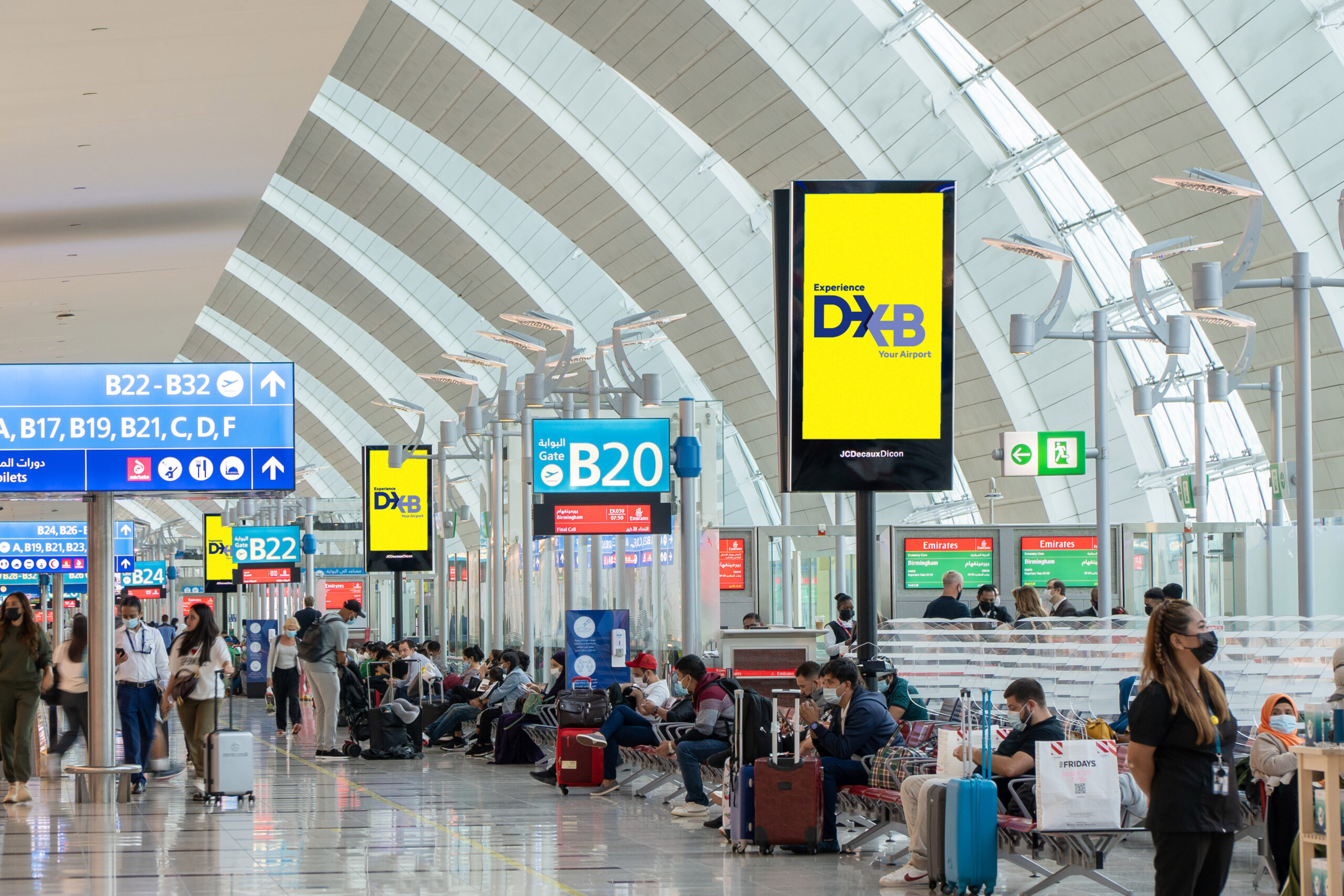
The pace of change has got to intensify because that’s the thing about the modern world now – we don’t have to wait for process and procedures. Every new technological advance speeds up the pace of change. However, it doesn’t create more leisure time. I mean all those predictions we had about email, about fax machines, about computing, they were all completely wrong because they predicted we’d be able to do the same amount of work in a quarter of the time and spend the rest of the time playing golf.
That’s been proven to be total bullshit because all that we’re now doing is six times the amount of work in the same amount of time. That’s because if I send someone an email I expect a response within the next 90 seconds, otherwise that person is slacking. So it’s the intensity and pace of life that’s been intensified by technical development. And actually I think the same will apply to business travel. We’ve got Teams. We’ve got Zoom. We’ve got video conferencing. We can now do far more meetings online than we’ve ever been able to do before, but that won’t mean that we’ll travel less.
We’ll still travel because there are things you can’t do on a video screen that you can only do face-to-face. Read body language; get the feeling of how an idea is going down in a room; being able to negotiate with people in detail. All of those things are only possible when you have direct human interaction which is only possible so far through travel.
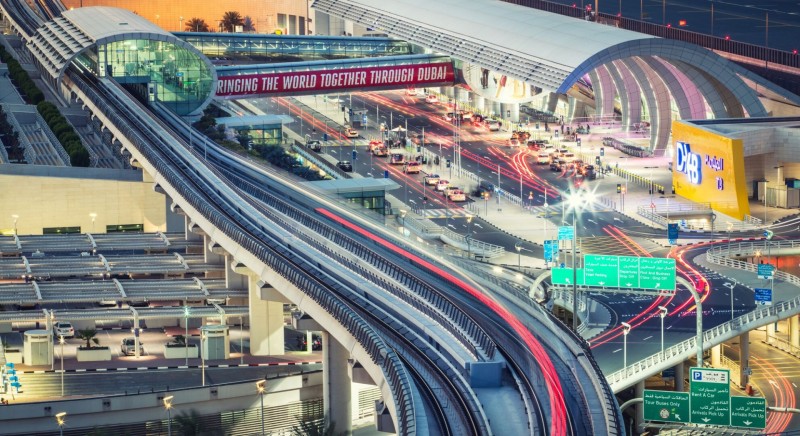
Q – Absolutely. And it’s more difficult to hold confidential or sensitive discussions, certainly in my world, on a Zoom call. You do that with body language. The Zoom conversation takes that nuance, that subtlety away. So those that said the rebound of business travel is going to be a long, long way away are being proven wrong.
Paul Griffiths: Well, you try buying a business class seat on any popular route at the moment, it’s unbelievable. A, the price and B the availability. I mean, quite incredible. And that’s not because business is doing less, it’s because business is actually doing more. I think you’ll find video conferencing will lead to more deals. We may be travelling less per deal, but we will still be travelling. And that’s been borne out in the demand we are seeing at the moment and I think will continue.
Q – It’s going to be a fusion of virtual and physical.
Paul Griffiths: Yes. As it always has been with every single ecommerce and electronic advance we take. In terms of communication it’s always led to more activity not more leisure, sadly.
Q – If you had one question to ask of Eugene, Paul, what would it be?
Paul Griffiths: Compared to where we are today, the question I think a lot of people need to think about is, ‘What is the future vision of what an airport model will look like in, say, five years’ time? We know what it was like five years ago. How different is it going to look? And what advances are we going to make? And how is DXB going to lead them?
Eugene Barry: You’re asking me this, Paul?
Paul Griffiths: I’ll give you marks out of ten at the end.
Eugene Barry: It’s something you touched on yourself earlier Paul. What’s very striking now in all relationships inside an airport, business or not, is a willingness to confront best practice. And I think everybody’s up for it. From whatever avenue you’re coming from, if you’re working in the business side of airports, things that were accepted in the past as this is how things are done, everybody’s just moving past that.
We want to get to an outcome rather than how do we get to the process of getting this over the line. And it’s not about filling the space. It’s about using the space intelligently in multi-layered ways. So if it’s a retail space, how can it offer an experience? And if it’s an experience, how can it offer a product?

We’re having very interesting conversations like that at the moment across the board with operators, with brands, with partners. And we’re being much more direct in terms of what we’re looking for as an airport. We are rejecting a lot of, let’s say, boring proposals, which are run-of-the-mill cookie cutter and we are just not interested in that anymore.
I think the people who have decided to travel despite the odds, the cost or the obstacles that are still there globally deserve more than what they’ve been presented with in the past when they do decide to travel.
We need to respond to that and be ahead of it, in fact. So if I bring something to Paul in terms of this is the direction we’re going in, like this is a great idea, I know exactly what he’s thinking. It’s already not good enough! So it needs to be really considered from different levels. If it’s retail or food or hospitality or experience, what else is it? And the operators are really going to be pushed to come up with proposals that meet that expectation.
I think the airport from a consumer or commercial point of view now has already changed. When we restarted commercial operations back in July 2020 after the borders closed, there was a very real concern that when travellers come back they’ll behave differently because they had been locked down. They had been making coffee at home. And I didn’t know if they would accept…
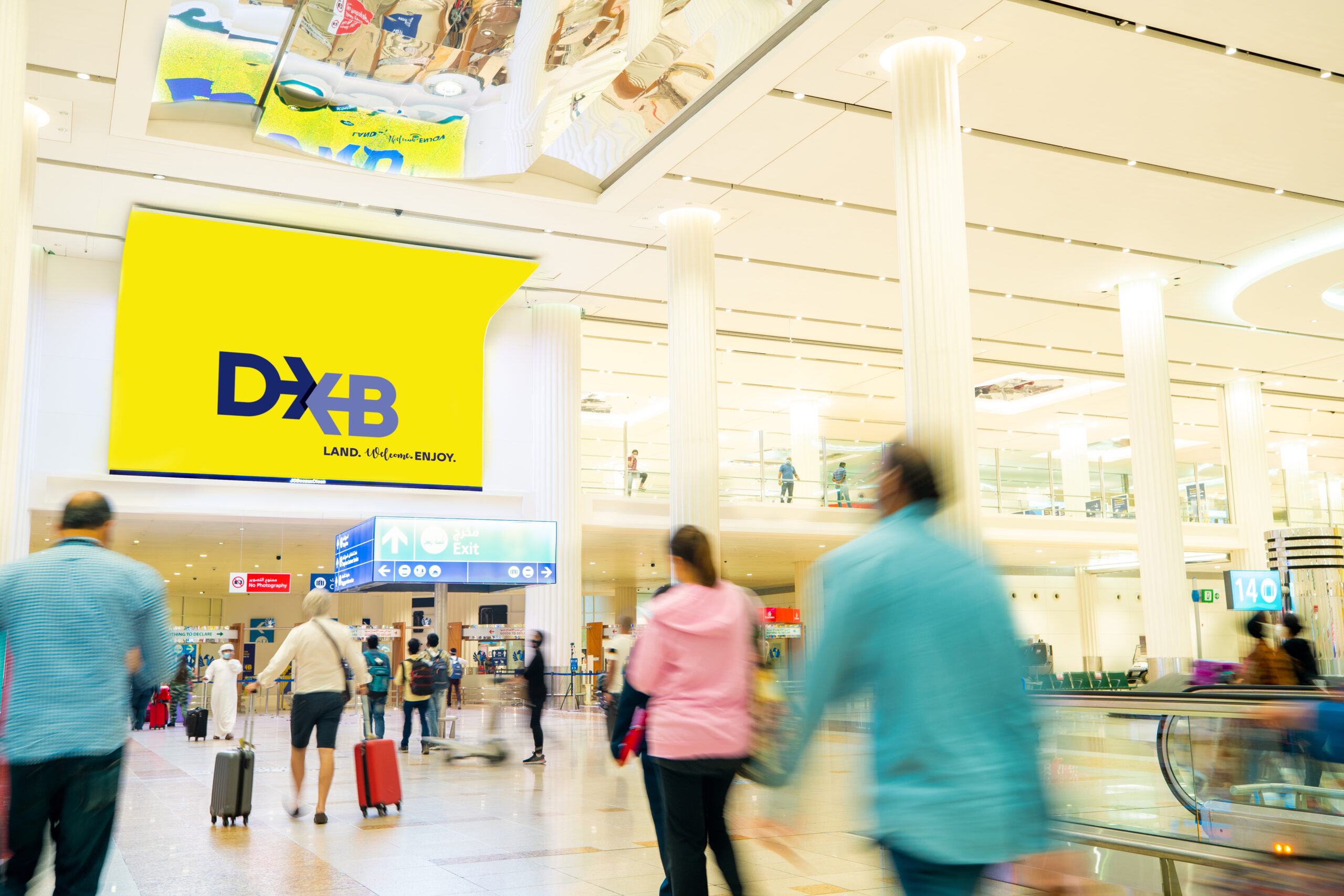
Q – Whether they would touch, taste or interact…
Eugene Barry: And they did immediately because they wanted the experience of a premium product or a product that was prepared for them. That was then. Two years later, it’s moved on even more. It’s a revolution rather than an evolution. I think airports have been very good at incremental improvements over the years within the infrastructure they have. But it was all marginal incremental rather than revolutionary.
Paul Griffiths: When you’re in a business that is sort of functioning okay and delivering success, it’s very easy to think, well we’ll just do more of the same. It takes an interruption in the whole supply chain, which we’ve seen over the last two years, to force you to think differently. I think now there are two types of people in the world, and they’re 90 degrees apart.
There’s those who believe that doing the same thing and building up the ivory tower and defending it by building machine gun posts at the top to ward off allcomers is the way to carry on. In my view that’s the old school model. The new school model is to think 90 degrees differently and say if we all work together and we all bring our particular expertise we can create something that is far more powerful than the sum of the parts.
Businesses and whole industries that have been able to take that approach have been transformed. We are not best in class in a lot of different aspects of our operation, but we know who is in most of those aspects. So why can’t we go and partner with them? Or can we perhaps go and see what is being produced now in terms of forward thinking and other industries and see how applicable it is for us?
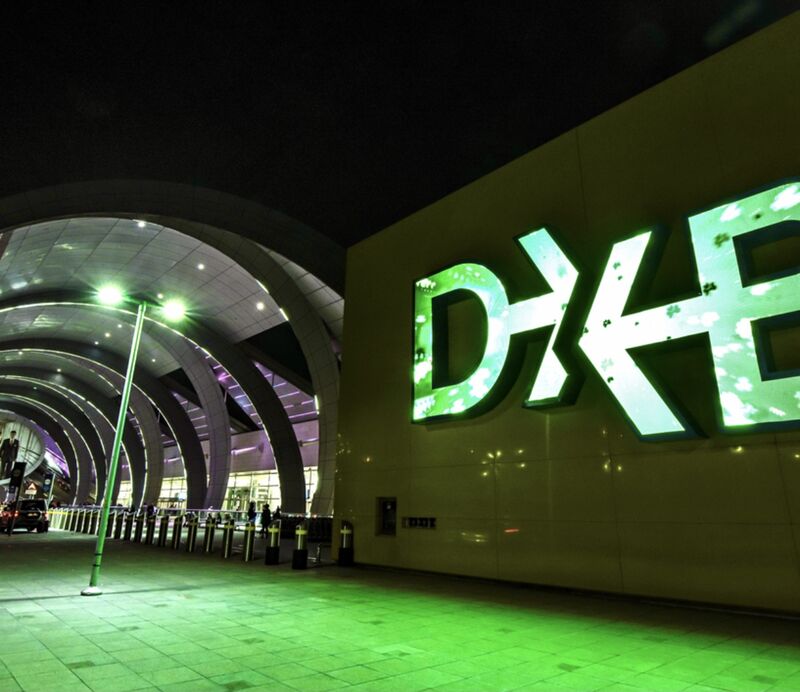
Let me give you the example of frontline customer service. It’s a very difficult role because it is basically having to be incredibly pleasant and very functional and efficient and very personal in front of the customer 24/7. And it’s very difficult for one individual year after year to keep that freshness and vitality. And the difficulty, of course, is if you employ someone to do that job they may be brilliant for the first six months, but they probably want to go on and do something else afterwards. But if you’ve employed them for that role, that’s it.
So why not turn that model completely on its head and say, right, we are not going to employ people full-time in that role? [Why not say] we’re going to find a hospitality partner to employ them, and train them, and refresh them, and if needs be to rotate them through? So we constantly reassess. We constantly only take the best. And we are guaranteed then by the structured contract to have the output that we want consistently, which is excellent customer service.
So we went and created that at the beginning of the pandemic. Not only did that buy us time, but it actually got us on a path towards a far greater level of frontline excellence than we had before. And it’s actually come to fruition.
Q – That’s in which roles?
Paul Griffiths: It’s in all of our frontline customer service roles throughout the airport at DXB. It’s contracted out. We found a business partner with whom we’ve done a long-term agreement based on customer feedback. So they’re remunerated based on the quality of the guest experience. And that actually is win-win for everyone. Win-win for the employee. Win-win for us as the airport. And win-win for the customer, so it’s a great combination.
Q – So doing everything in-house is not always the solution?
Paul Griffiths: I’m starting to think that if you can find partners where you can build that bond of trust, and you can create a framework which incentivises them to do the things that you want them to do, you’ve got a far more flexible resource. Because if they don’t perform, you can replace them with someone else. If you have a body of employees that you’ve got to stay loyal to, that’s far more difficult. It’s a much, much more difficult ship to turn around than if you can call the shots with a supplier who takes that responsibility.

Q – What about airport retail?
Paul Griffiths: It’s interesting. I think airport retail is due for a complete revolution. And it will be much more about the opportunities to sell than it will be about the fulfilment.
Q – That’s interesting, too. One would have thought the pandemic would have perhaps eroded that product showcase. It’s actually accentuated it.
Paul Griffiths: It has. Because the other opportunities in the High Street are receding as no-one can afford to operate with very expensive High Street real estate anymore. We’ve seen that in the decimation of the High Street in so many developed countries, haven’t we?
Q – What brands have always said is that airports represent a wonderful showcase because you’ve got all these domestic market consumers crisscrossing the globe. So besides the fact that we’re selling a lot of goods, this is great shop window exposure. Now they’re still getting all the traffic, but they’re also live-streaming it to millions. An Estée Lauder livestream in China, for example, now goes out to 15 million people or whatever. And that’s the airport or the downtown duty free that’s allowing that. I think you’re going to see a lot more of that in airports.
Paul Griffiths: Everyone, of course, is live-streaming everything to everyone. So what you’re creating is not just opportunities to see, but you’re creating a vast array of noise, which probably people are struggling to engage with the same depth that you can physically. So the showcase in an airport of being able to put a physical product there for people to see with their own eyes will become an increasingly more powerful proposition.
One of the things that has surprised us both is how resilient advertising has been at the airport over the last two months. Quite incredible. And that was the subject of a letter I sent to Jean-Charles Decaux saying how incredible it’s been. One of the first things I’m sure all three of us would have thought would have been the immediate casualty [of the pandemic] would have been advertising. Because if you’ve got no airport passengers and no opportunities to sell, why do you need to advertise?
But actually airports are now being seen as the one remaining high-quality, ‘I’ve got you for a period of time let me expose you to something’ moment. Otherwise it’s flash and gone. You click through, destroy, skip ads. That’s what’s happening elsewhere. We can continue to give those opportunities to people in the real world and the virtual world to see and experience products.











